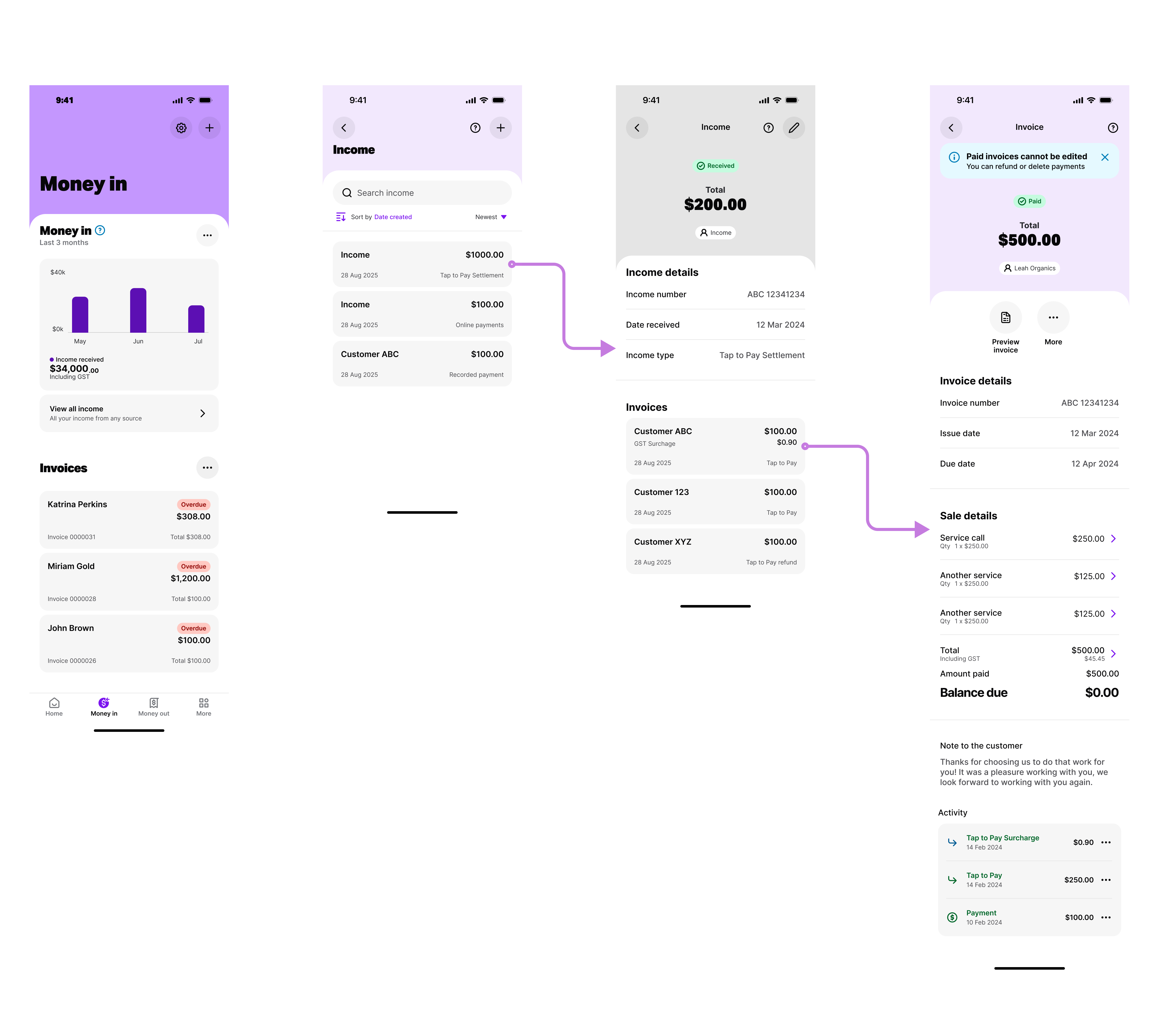The key challenge problem that sole traders faced was awareness - how do you make cashflow visible and easily accessible for Sole traders so they could act on it?
Using feedback and data from Sole traders who had been using other MYOB products as well as our initial project kickoff user interviews, we quickly discovered that the problem facing Sole traders was visibility over income. Without visibility over where money was coming from, sole traders had to jump between the different lists in the app, check individual invoices, and manually connect the dots to confirm what was paid and its source.
Alongside this, there was need for Sole traders to be able to record other sources of income outside of invoices such as interest from business accounts, additional cash injections or other money generated from assets owned. Without this, Sole traders would have to balance the books manually.









.gif)